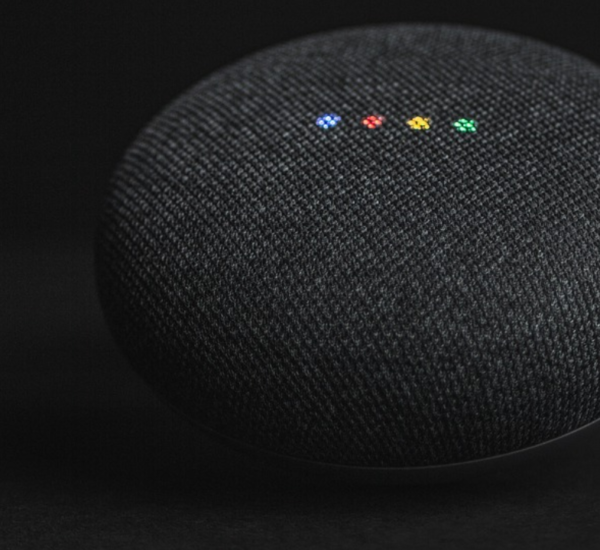Your digital footprint 2023 is information you leave behind when you use the internet. You can create a digital footprint by posting to social media, signing up for a newsletter, reviewing online, and shopping online.
Sometimes it is not obvious that you are adding to your digital footprint. Websites can track your activities by placing cookies on your device. Apps can also collect your data without your knowledge. If you give an organization access to your data, it can sell or share it with third parties. Even worse, your personal data could be compromised in the event of a data breach.
In relation to digital footprints, you often hear the terms “active” and “passive”.
Table of Contents
Active digital footprints
An active digital footprint refers to information that the user has intentionally shared about themselves, such as through posts or participation on social media sites or forums. Any posts made by a user who logs in to a website using a profile or username are part of their digital footprint. Active digital footprints can also be created by completing online forms, such as subscribing to a newsletter or agreeing that cookies will be accepted on your browser.
Passive digital footprints
Passive digital footprints are created when data is collected about a user without their knowledge. This can happen when websites collect information such as how often users visit their website, their IP address, and where they came from. This is a secret process that users might not be aware of. Passive footprints can also be used by advertisers and social media sites to profile you and target your interests with targeted content.
Why do digital footprints matter?
Because:
- They are permanent and the owner cannot control how others use them.
- Digital footprints can be used to determine a person’s online reputation. This is now as important as their offline reputation.
- Before making hiring decisions, employers can verify the digital footprints of potential employees, especially their social media profiles. Before accepting students, colleges, and universities can also check their digital footprints.
- Online photos and words can be misinterpreted, or even altered, which could lead to an unintentional offense.
- A private group’s content can be shared with a wider audience, which could lead to friendships and relationships being damaged.
- Cybercriminals could exploit your digital footprint for malicious purposes, such as Phishing to gain account access or create false identities using your data.
It is important to consider what your digital footprint tells you about yourself. To manage their digital footprint, many people are careful about what they do online and take steps to limit the amount of data that is gathered.
Protect your digital footprint
Employers, colleges, and other people can easily find your online identity. It’s important to be aware of your digital footprint. These are some tips to help you manage your online reputation and protect your data.
Search engines to verify your digital footprint
Search engines will ask you to enter your name. Input your name, including your last and first names. Search for your current and previous names if you have had to change your name. You can get a feel for what information is available about you by looking at the search engine results. You can contact the site administrator if you see anything negative about you. Using Google Alerts to keep track of your name is one way.
Limit the number of information sources that refer to you
Real estate websites and whitepages.com might have more information than you wish. These websites may contain personal information such as your address, phone number, and age. You can request the removal of the information by contacting the website.
Limit the data you share
Your digital footprint is enlarged every time you give your personal information to organizations. Your data could also be misused or compromised by the organization that stores it, which can lead to your data being in the wrong hands. Before you submit the form, think about whether it is worth it. Is there another way to get the information you need without having to share your data?
Double-check privacy settings
You can control who sees what on social media by setting privacy settings. These settings can be reviewed and adjusted to suit your needs. Facebook, for example, allows you to limit the number of friends who can view certain posts and to create customized lists that allow only certain people to see them. Privacy settings are only available on the relevant social media platform.
Don’t share too much on social media
Social media allows you to easily connect with others, but it can also allow for easy oversharing. Be careful about revealing personal information such as your location, travel plans, or any other personal information. In your social media profiles, avoid disclosing your email address or phone number. Avoid liking your bank, pharmacy, or healthcare provider. Cybercriminals could gain access to your most important accounts by liking these people.
Avoid dangerous websites
You should ensure that you are transacting with a secure site. The URL should begin with https:// and not http://. The “s” insecure symbol means the site has a security certification. A padlock icon should be located on the left side of the address bar. Don’t share sensitive information, including payment details, on insecure sites.
Do not disclose private data via public Wi-Fi
Public Wi-Fi networks are inherently more secure than personal ones, as you don’t know the person who set them up or who might be watching. When using public Wi-Fi networks, avoid revealing personal information.
Delete existing accounts
You can reduce your digital footprint by deleting any old accounts. This includes social media profiles that you don’t use anymore or newsletter subscriptions that you have stopped reading. Dormant accounts can be deleted to reduce your risk of data breaches.
Use a password manager to create strong passwords.
Keeping your internet security in check with a strong password is essential. Strong passwords are long and contain at least 12 characters, preferably more. They also include symbols and numbers as well as upper- and lowercase letters. It is more difficult to crack a password that is complex or involved. A password manager can help you store, manage, and generate all of your passwords from one secure online account. Your passwords should be kept private.
Keep an ear on your medical records
Good data hygiene means reviewing your medical records regularly. Identity thieves are looking for financial and medical information, as well as health information. Criminals can use your personal information in order to get medical treatment in your name. Your health records could become linked with theirs.
Do not log in to Facebook
It is easy to log into apps and websites using Facebook. You can however permit a company to use your Facebook credentials to sign in on a third-party site – potentially putting your personal information at risk. Related articles here.
Keep your software current
Old software could contain a wealth of digital footprints. Cybercriminals could have access to this information if they don’t have the most recent updates. Cybercriminals can gain access to victim’s data and devices by exploiting software vulnerabilities. This can be prevented by making sure your software is up-to-date. Hackers can attack older software more easily if it is not up-to-date.
Review your mobile use
You should set a passcode on your mobile device to ensure that no one can access it if it is lost. Read the user agreement before installing any app. Many apps provide information about what data they may collect and how it might be used. These apps can collect personal data such as your email address, location, and online activity. Before you download the app, make sure you’re comfortable with sharing information.
Be careful before you post
Your online posts and comments can reflect your personality. Your digital footprint may not reflect the image you want. This includes uploaded photos, comments on blogs, YouTube videos, and Facebook posts. You can create a positive digital footprint by only posting things that are relevant to your image that you wish others to see.




